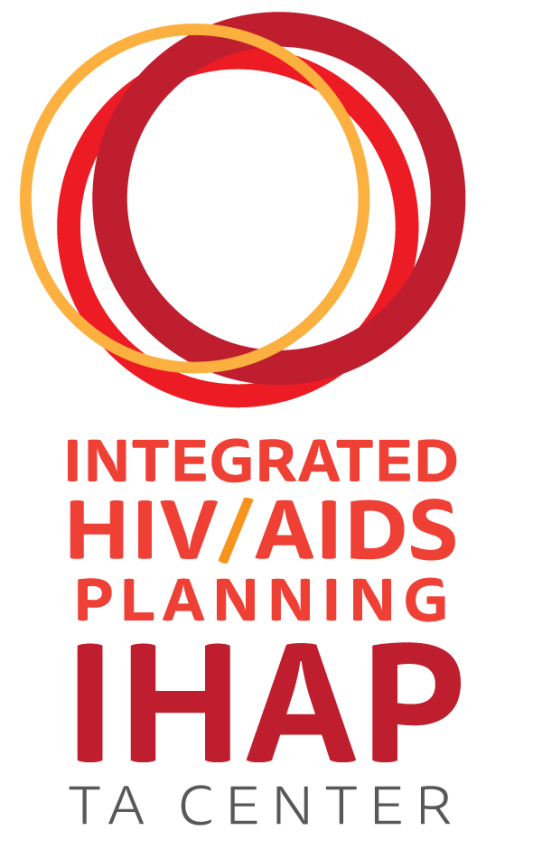RWHAP Part A Resource Allocation Considerations
- The recipient is the Chief Elected Official of the city or county that provides healthcare services to the greatest number of people with HIV in the EMA or TGA. The CEO may delegate responsibility for administering the award to a public agency (e.g. health department).
- The HIV Health Services Planning Council (PC),1 or Planning Body, leads resource allocation, as well as priority setting and evaluation. HRSA HAB mandates some of the composition of the PC. Members must represent local demographics of the HIV epidemic in the Part A jurisdiction, and at least 33% of members must be people with HIV who receive RWHAP services and are unaffiliated with all Part A-funded agencies in the jurisdiction.
- The PC must approve and document resource allocation decisions in writing and provide documentation to the recipient, which then procures services per the resource allocation plan.
- The recipient must participate in the Part B-led Statewide Coordinated Statement of Need, a process that informs resource allocation decisions.
RWHAP Part A Funding Requirements
- Awarded funds include formula-based and supplemental Part A funds, as well as formula-based Minority AIDS Initiative funds. The formula considers the number of people with HIV in the EMA/TGA in the preceding year.
- No more than 10% of awarded funds may be spent on administration and PC support activities. An additional 10% can be allocated among subrecipients for administration.
1TGAs which began receiving funding during or after 2006 are not required to establish a Planning Council. In these limited cases, the TGA Chief Elected Official must find another way to gather community input into RA.
Main contents page for curriculum
